Before reaching the Aegean Sea, the River Nestos carves its way through the southern part of the Rhodope Mountains, depositing vast quantities of sediment and forming an expansive deltaic plain. Though much of this landscape has been converted for agriculture, significant areas of riparian floodplain, coastal sand flats, and saline lagoons remain — offering vital habitat, resting grounds, and feeding areas for a wide range of species.
The saline lagoons of the Nestos Delta are of exceptional importance for birdlife throughout the year. In winter, they host tens of thousands of overwintering migratory birds. Flocks of Greater Flamingos (Phoenicopterus roseus) number in the thousands, joined by pelicans, grebes, various duck species, herons, geese, and numerous raptors. The lagoons also provide refuge to many rare shorebirds.
In spring, the open, treeless saline and sandy habitats of the delta become crucial breeding sites for several threatened or regionally rare species, including: Spur-winged Lapwing (Vanellus spinosus), Little Tern (Sternula albifrons), Kentish Plover (Charadrius alexandrinus) and various sandpipers and stints (Calidris spp.)
While birds are a major focus of our tours in the Nestos Delta, they are far from the only highlight. The area also supports a rich assemblage of reptiles and invertebrates. Sandy soils, salt pans and wetland margins provide niches for rare lizards, snakes, and numerous specialist insect species.
Despite human alteration, the Nestos Delta remains a biologically rich and dynamic ecosystem, offering outstanding opportunities for wildlife observation in one of the most important wetland complexes in Northern Greece.
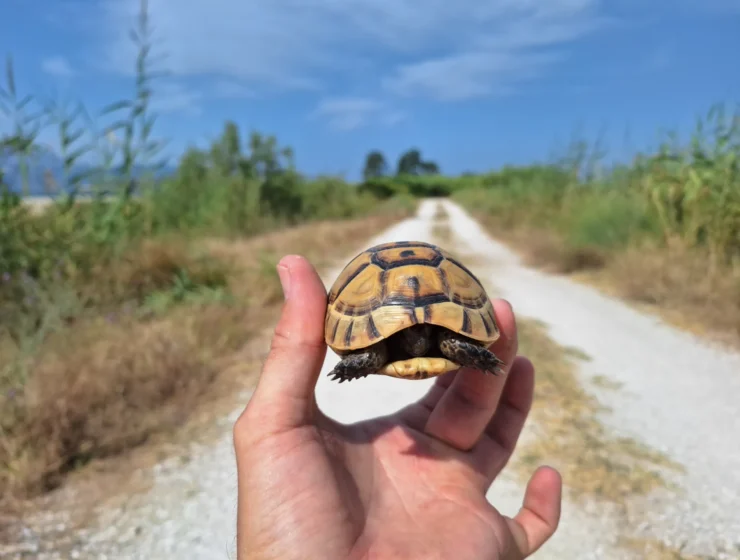
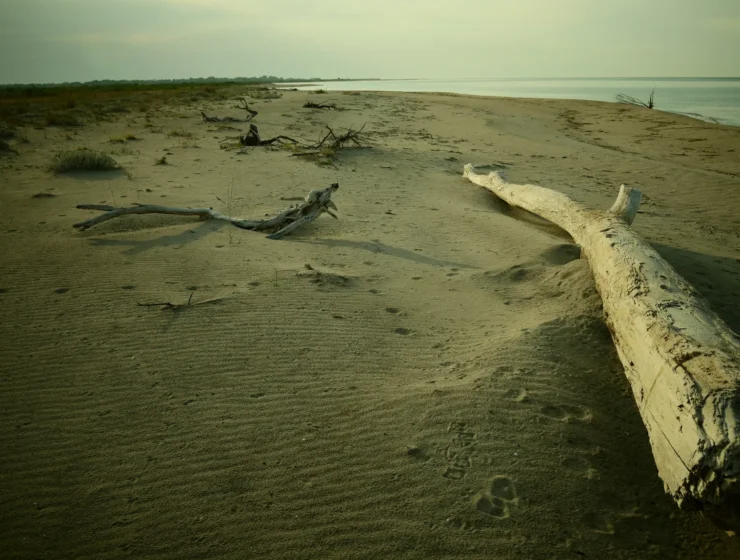
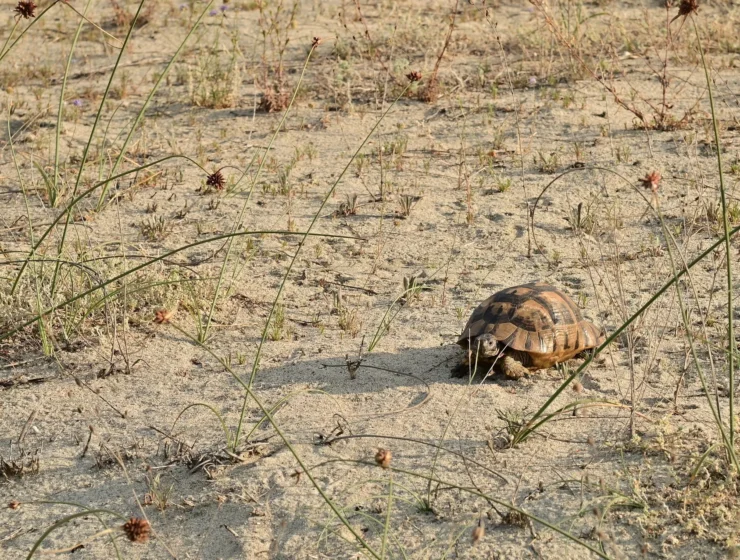
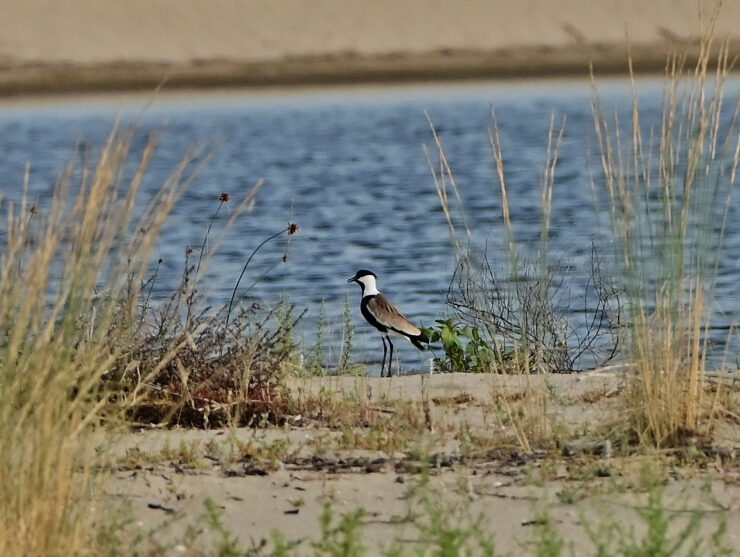
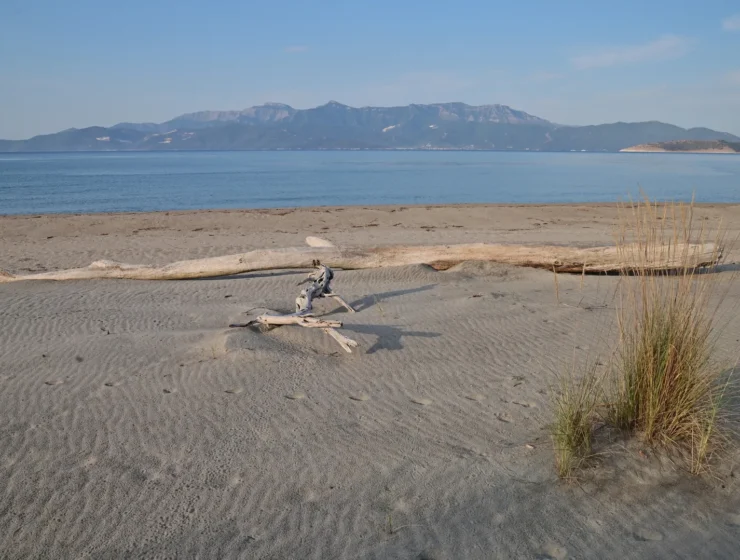
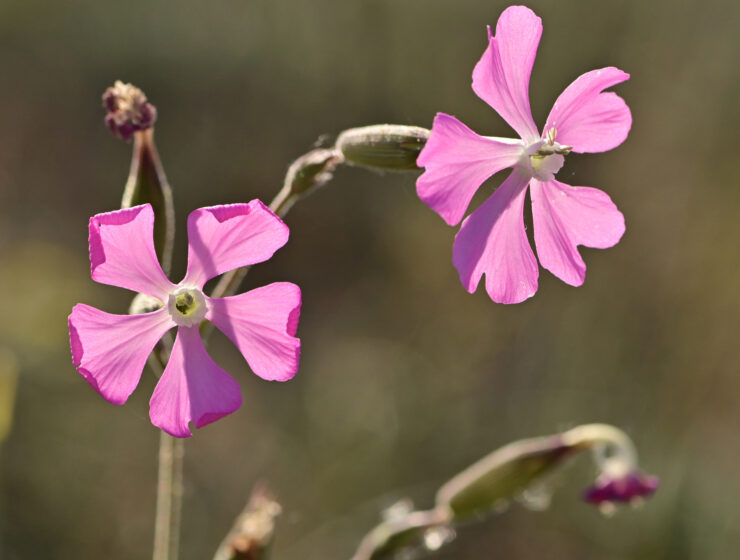
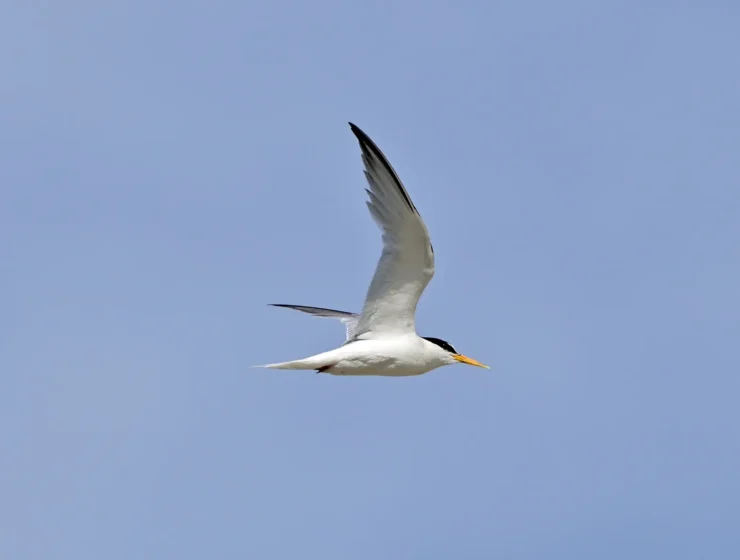
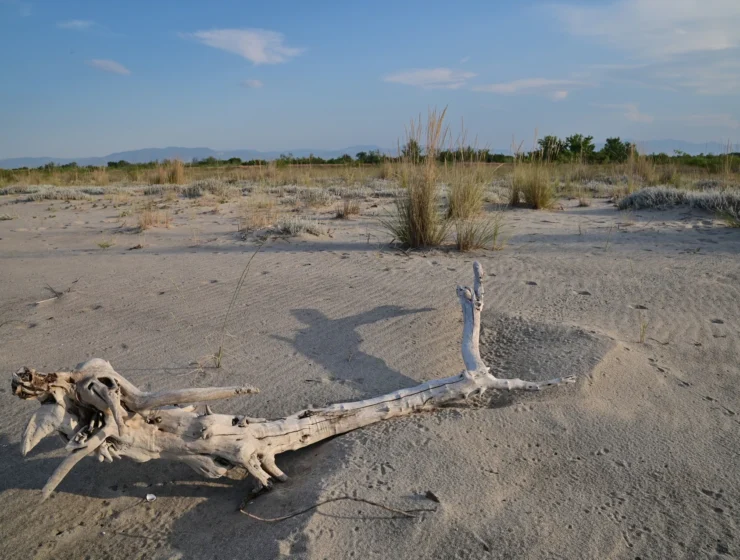
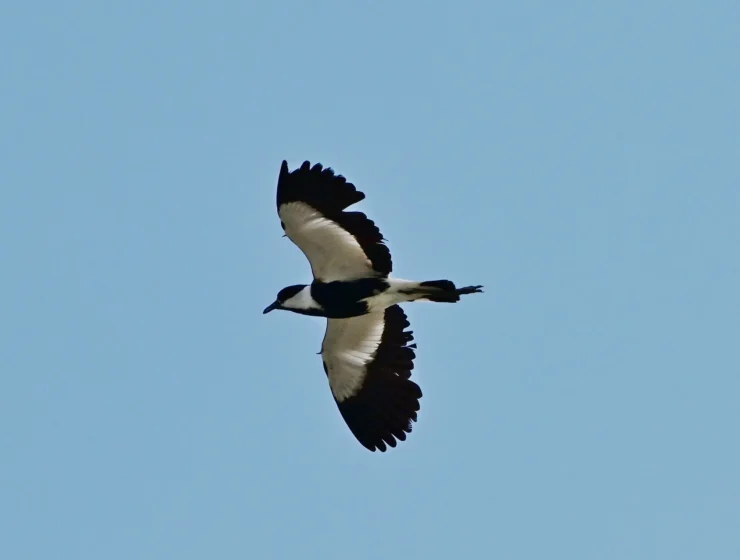
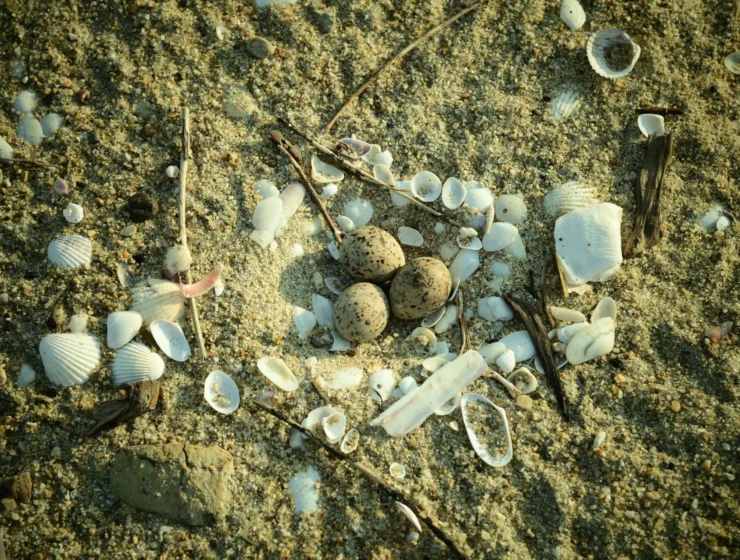
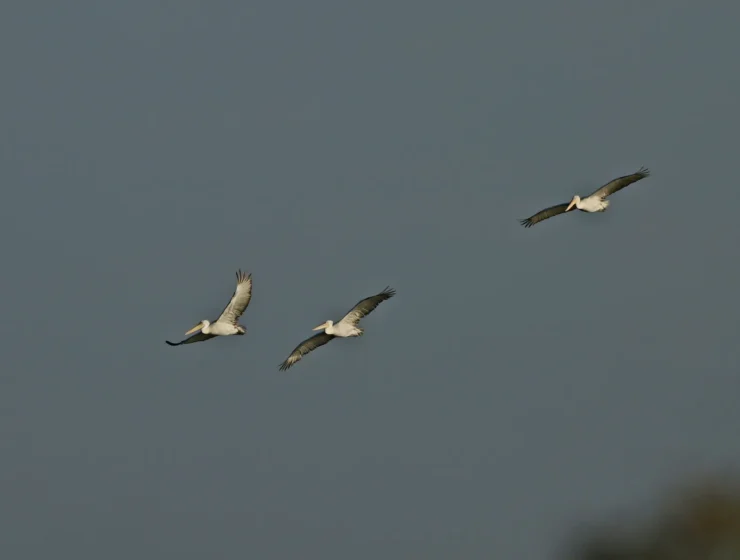
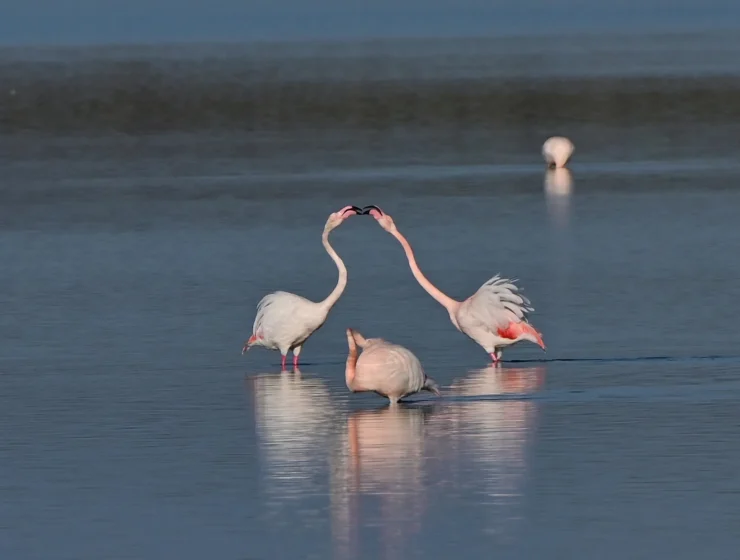
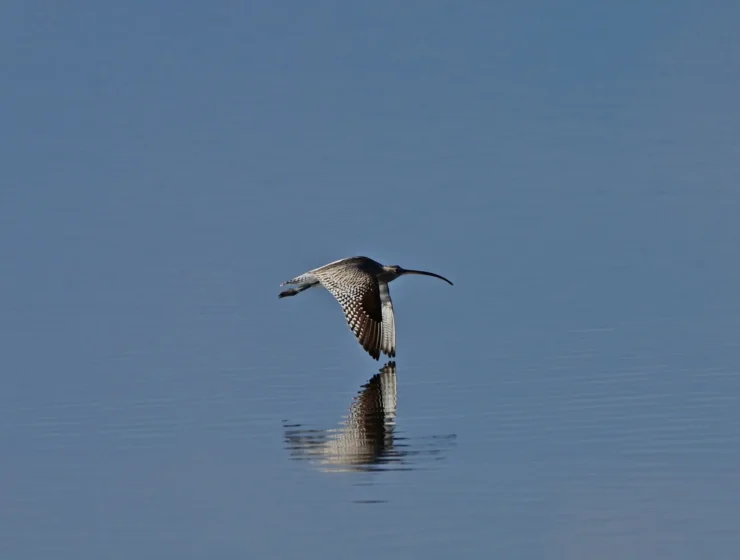
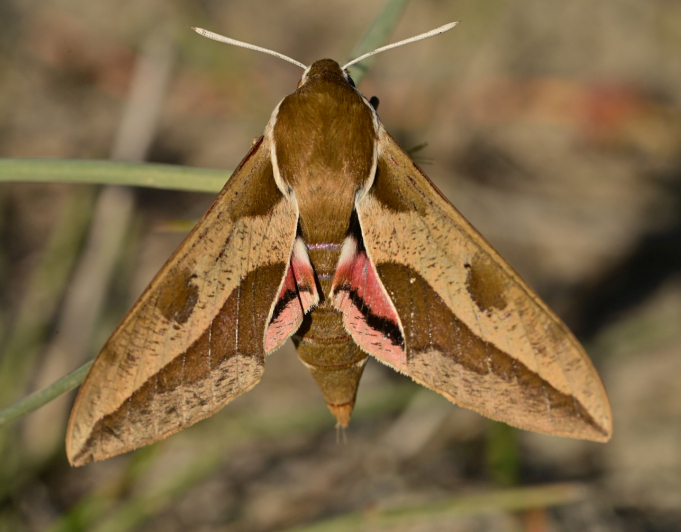


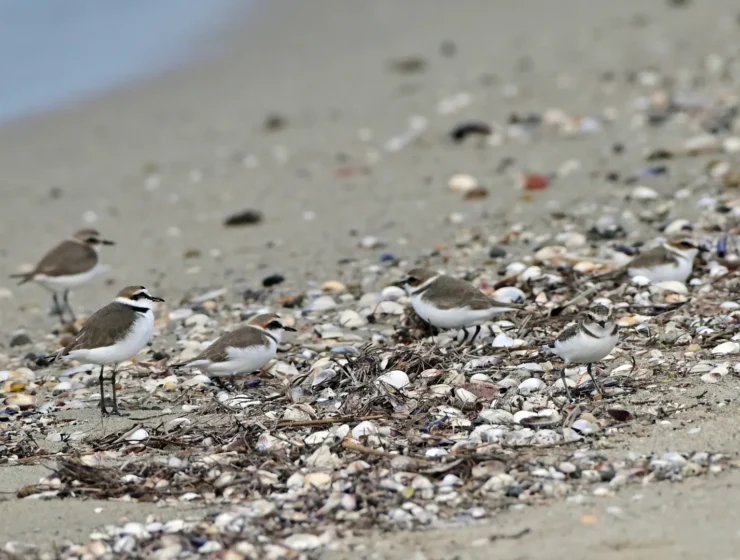
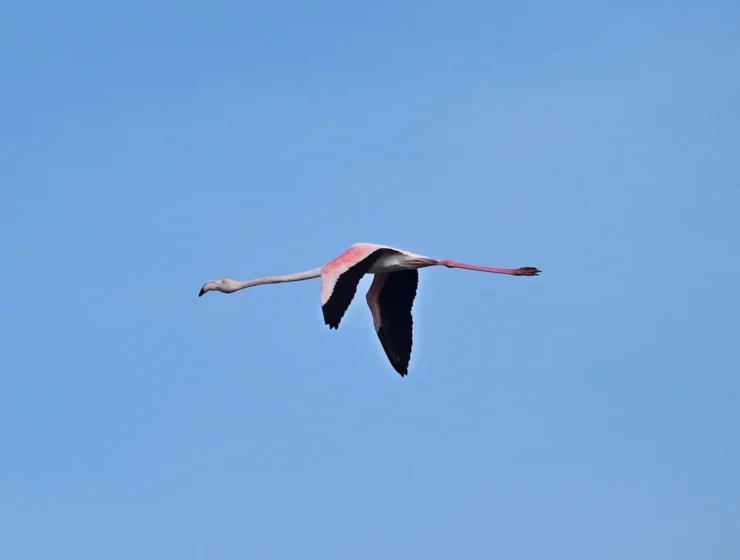

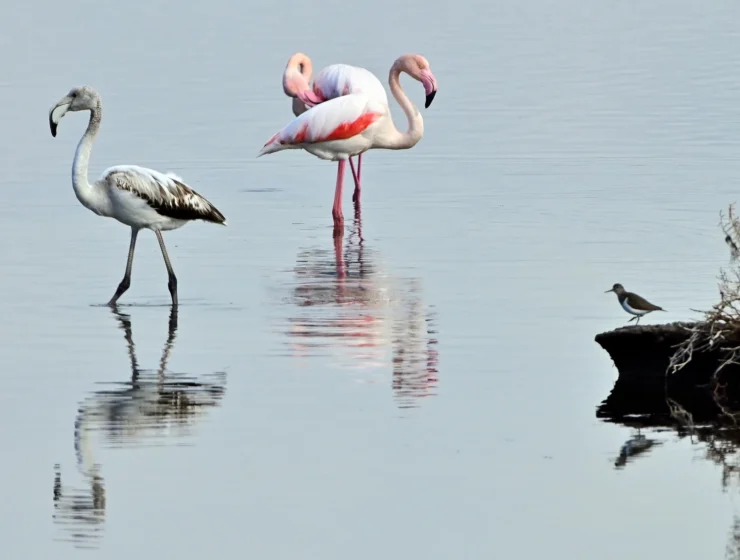
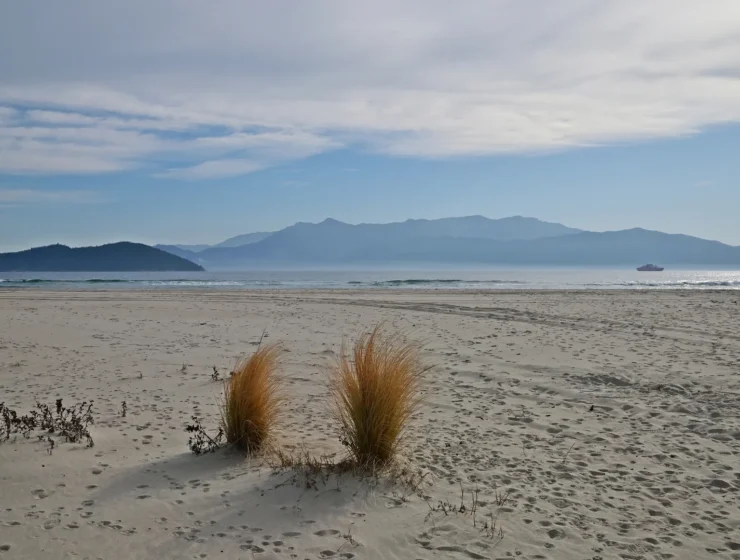
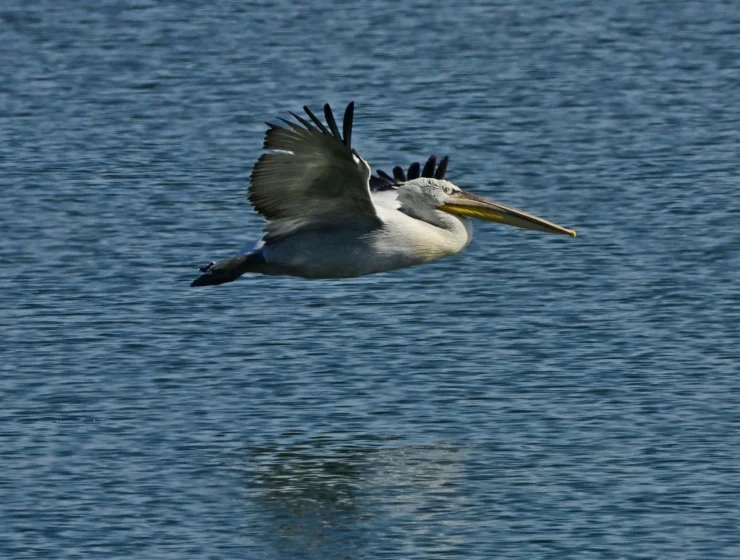
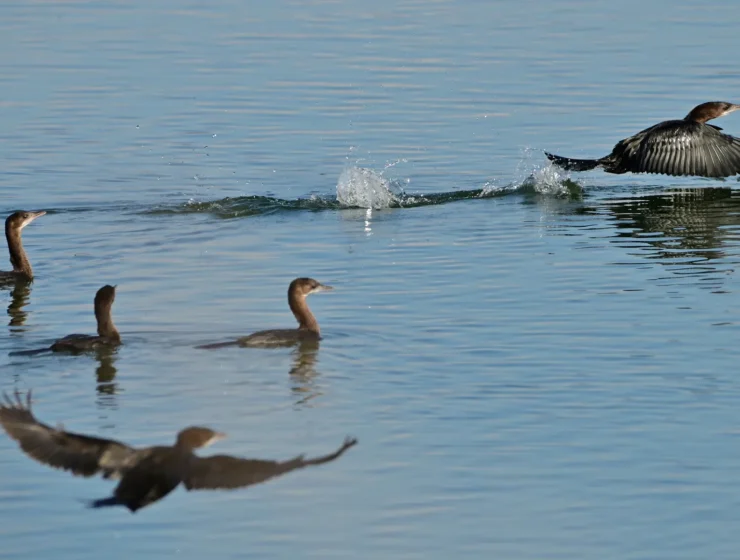

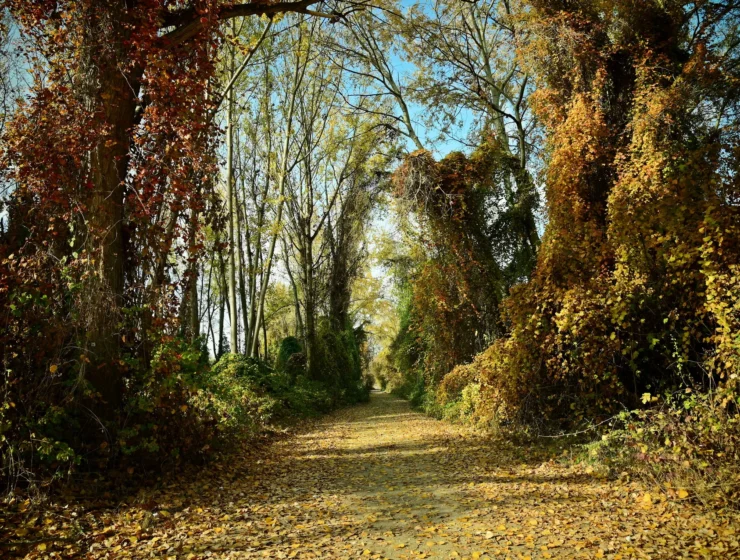
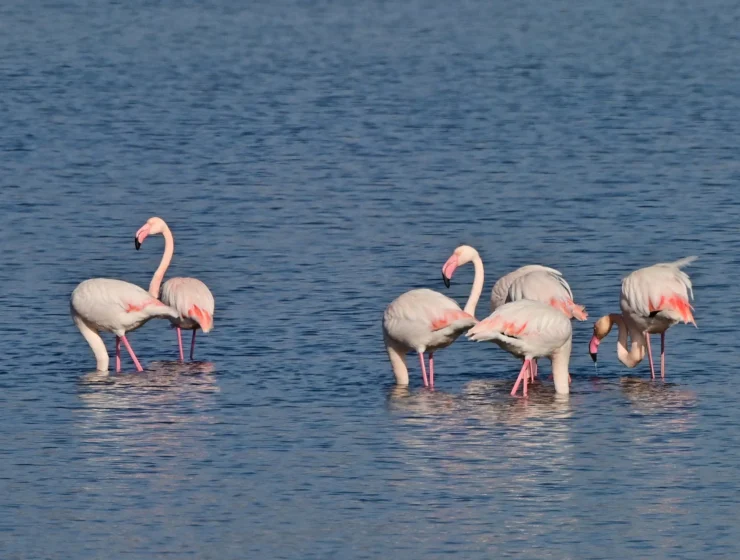

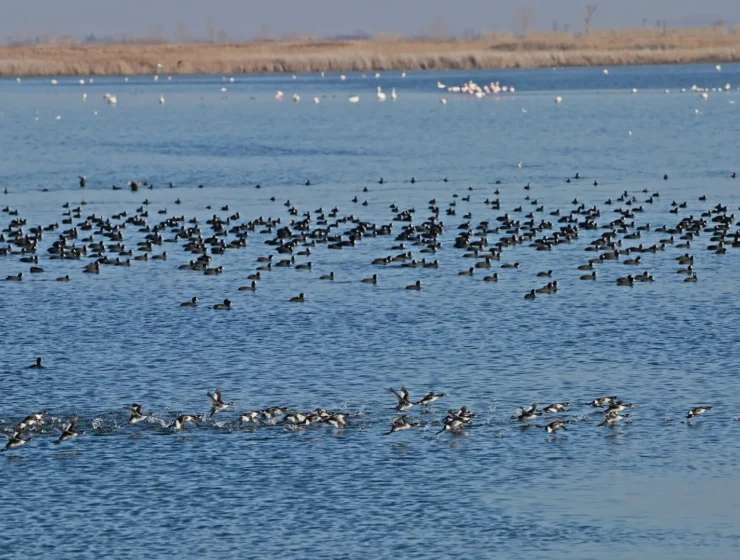
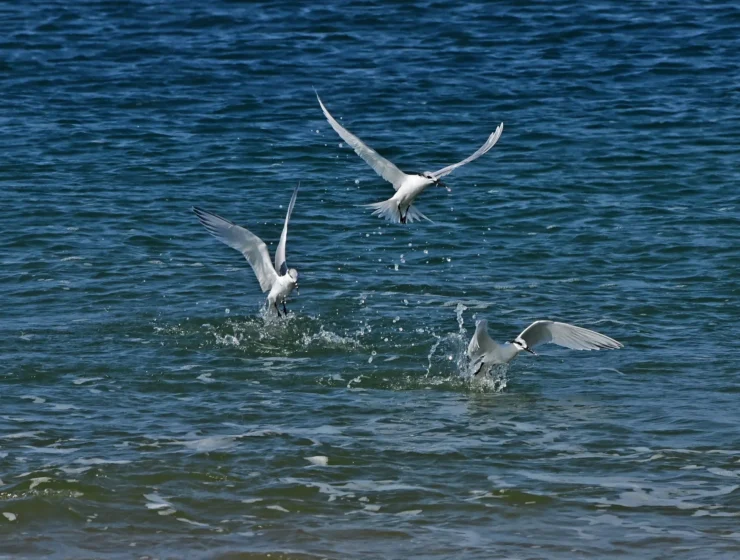
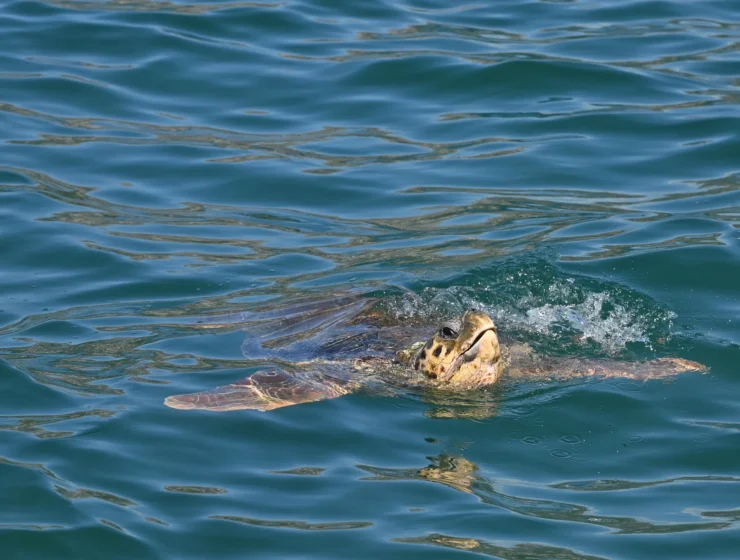
What Plants and Animals Can You See Here?
Birds
No bird species have been specified for this tour.
Plants
No plant species have been specified for this tour.
Hüllők
No reptile species have been specified for this tour.
